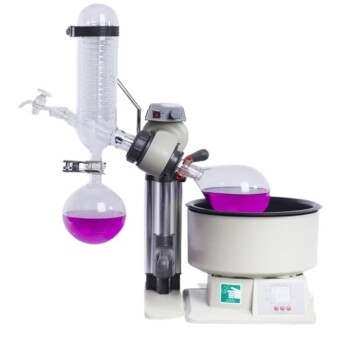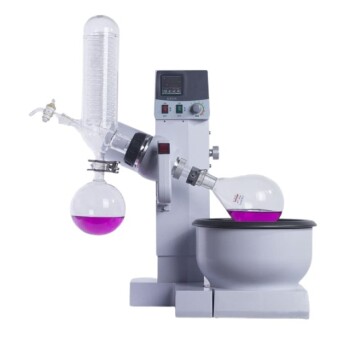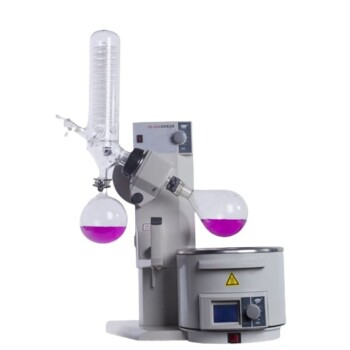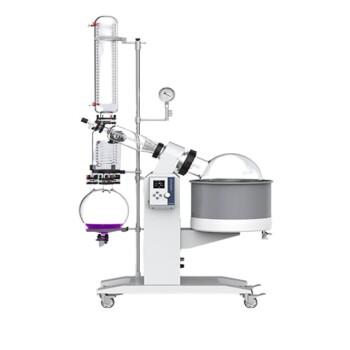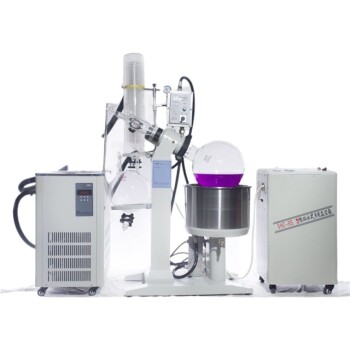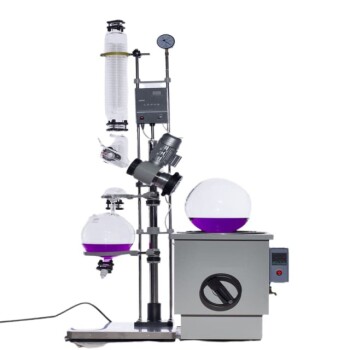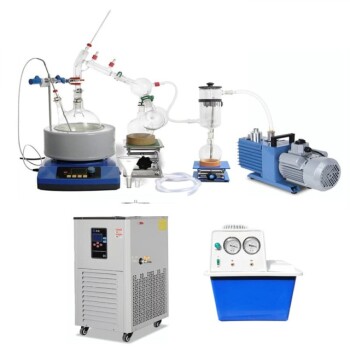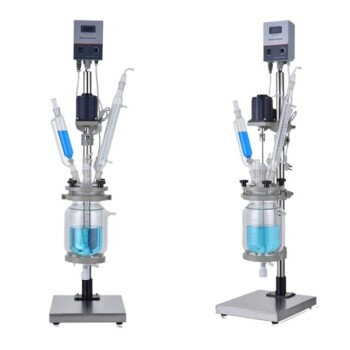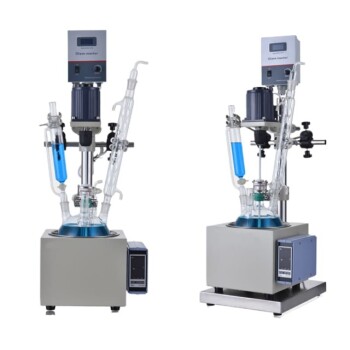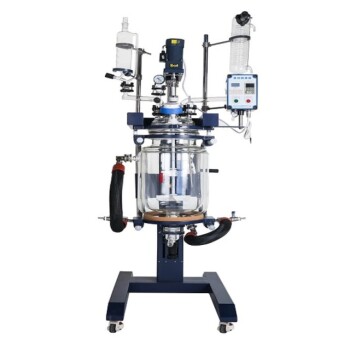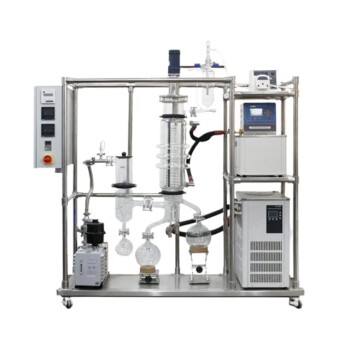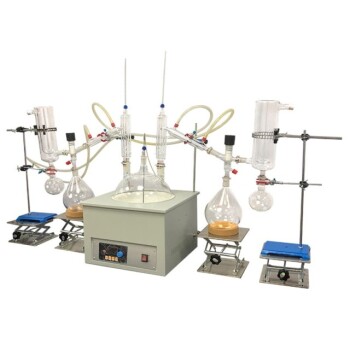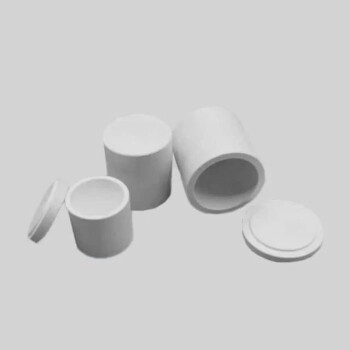A rotary evaporator, often referred to as a rotavap or rotovap, is a crucial piece of equipment in chemical laboratories, primarily used for the efficient and gentle removal of volatile solvents from samples through evaporation. It operates by reducing the pressure to lower the solvent's boiling point, rotating the sample to increase the effective surface area, and applying controlled heat to facilitate evaporation. This method is faster and more efficient than traditional evaporation techniques, making it indispensable in organic laboratories for concentrating samples and separating solvents from reaction mixtures. Additionally, rotary evaporators are used in molecular cooking to prepare extracts and distillates.
Key Points Explained:

-
Definition and Purpose:
- A rotary evaporator is a laboratory device designed to remove solvents from samples efficiently and gently through evaporation.
- It is commonly used in organic chemistry labs to concentrate samples by evaporating solvents under controlled conditions.
-
How It Works:
- Pressure Reduction: The rotary evaporator reduces the pressure inside the system, which lowers the boiling point of the solvent, allowing it to evaporate at lower temperatures.
- Rotation: The sample is rotated to increase the surface area exposed to the vacuum, enhancing the rate of evaporation.
- Heating: Controlled heat is applied to the sample to facilitate the evaporation process without causing degradation of the sample.
-
Applications:
- Chemical Laboratories: Widely used for the separation of solvents from reaction mixtures, particularly in organic chemistry.
- Molecular Cooking: Utilized to prepare extracts and distillates in culinary applications.
-
Advantages:
- Efficiency: Faster and more efficient than evaporation under atmospheric pressure.
- Gentle Process: Minimizes the risk of sample degradation due to lower operating temperatures.
- Versatility: Can handle a variety of solvents, though it is most effective with those having relatively low boiling points.
-
Limitations:
- Solvent Boiling Points: Less effective with solvents that have high boiling points, such as water or dimethylformamide (DMF). For these, a vacuum system capable of achieving very low pressures is required.
- Pre-treatment: Some solvents, like water, may need to be pre-treated with drying agents (e.g., magnesium sulphate) before using the rotary evaporator.
-
Common Solvents:
- Low Boiling Point Solvents: Ethyl acetate (EtOAc), n-hexane, and other volatile organic solvents are commonly removed using a rotary evaporator.
- High Boiling Point Solvents: Require additional measures, such as enhanced vacuum systems or pre-treatment, to be effectively removed.
In summary, the rotary evaporator is an essential tool in modern chemistry labs, offering a fast, efficient, and gentle method for solvent removal. Its versatility and effectiveness make it a staple in both research and industrial settings, as well as in innovative culinary applications.
Summary Table:
| Aspect | Details |
|---|---|
| Definition | A device for efficient and gentle solvent removal through evaporation. |
| How It Works | Reduces pressure, rotates samples, and applies controlled heat. |
| Applications | Organic chemistry labs, molecular cooking for extracts and distillates. |
| Advantages | Faster, efficient, gentle, and versatile for low boiling point solvents. |
| Limitations | Less effective with high boiling point solvents; may require pre-treatment. |
| Common Solvents | Ethyl acetate, n-hexane (low boiling); water, DMF (high boiling). |
Ready to enhance your lab's efficiency? Contact us today to learn more about rotary evaporators!
